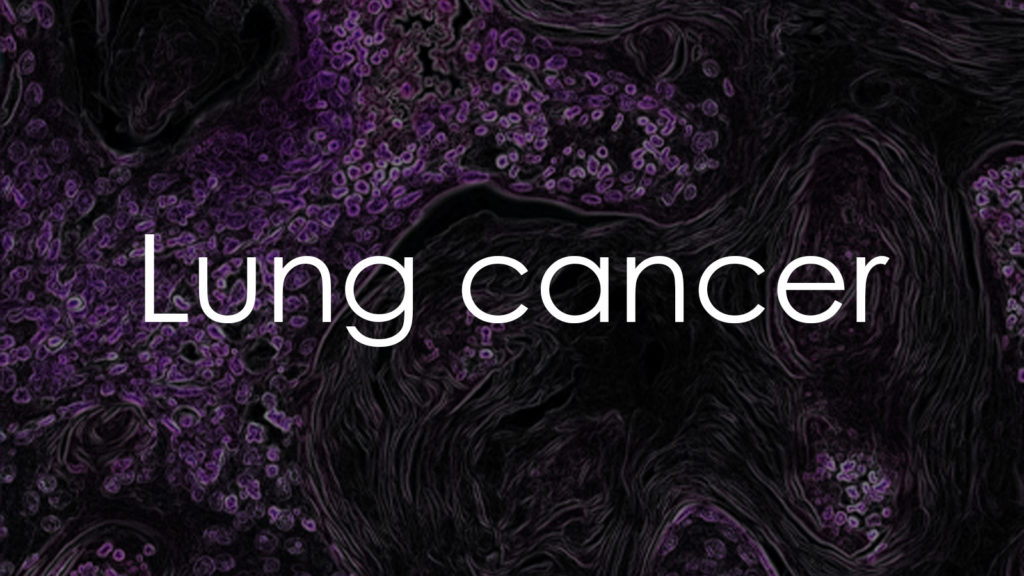Lung cancer is a leading cause of cancer-related deaths worldwide. Understanding the causes of lung cancer is crucial for both prevention and early detection. This article delves into the primary causes of lung cancer, providing detailed information to help raise awareness and educate readers on this critical topic.

Tobacco Smoking
Cigarette Smoking
Cigarette smoking is the most significant cause of lung cancer, accounting for approximately 85% of cases. The risk of developing lung cancer increases with the number of cigarettes smoked and the duration of smoking. The harmful chemicals in cigarette smoke, such as tar, nicotine, and benzene, cause mutations in lung cells, leading to cancer.
Secondhand Smoke
Secondhand smoke, also known as passive smoking, is another critical factor contributing to lung cancer. Non-smokers who are regularly exposed to secondhand smoke have a 20-30% higher risk of developing lung cancer. This risk is particularly concerning for people living with smokers or working in environments where smoking is prevalent.
Exposure to Radon Gas
Radon gas is a naturally occurring radioactive gas that can accumulate in homes and buildings. It is the second leading cause of lung cancer after smoking. Radon gas seeps through cracks in the foundation of buildings and can be inhaled over long periods. Prolonged exposure to high levels of radon significantly increases the risk of lung cancer, particularly in individuals who smoke.
Occupational Hazards
Asbestos Exposure
Asbestos is a group of naturally occurring fibrous minerals that have been widely used in construction and other industries. Inhalation of asbestos fibers is a well-known cause of lung cancer, particularly a rare form called mesothelioma. Workers in industries such as construction, shipbuilding, and manufacturing are at higher risk due to prolonged exposure to asbestos.
Exposure to Carcinogens
Other carcinogens present in certain workplaces can also contribute to lung cancer. These include:
- Arsenic: Used in some pesticides and industrial processes.
- Diesel Exhaust: Common in transportation and construction industries.
- Silica Dust: Found in mining, construction, and other industrial work.
- Chromium Compounds: Used in metal plating and the manufacturing of dyes and paints.
Air Pollution
Outdoor Air Pollution
Exposure to outdoor air pollution, particularly in urban and industrial areas, is a significant risk factor for lung cancer. Pollutants such as fine particulate matter (PM2.5) and nitrogen dioxide (NO2) have been linked to an increased risk of lung cancer. Long-term exposure to these pollutants, especially in individuals who also smoke, can significantly raise the likelihood of developing the disease.
Indoor Air Pollution
Indoor air pollution, particularly from the burning of coal, wood, or other solid fuels for cooking and heating, is a major cause of lung cancer in developing countries. The smoke from these fuels contains harmful chemicals, including polycyclic aromatic hydrocarbons (PAHs), which can damage lung tissue and lead to cancer.
Genetic Factors
Family History of Lung Cancer
Genetics plays a role in lung cancer, with individuals having a family history of the disease at a higher risk. Specific genetic mutations, inherited from parents, can predispose individuals to lung cancer, even in the absence of other risk factors like smoking.
Genetic Mutations
Certain genetic mutations, such as those in the EGFR (epidermal growth factor receptor) gene, are associated with an increased risk of lung cancer. These mutations can occur spontaneously or be inherited, leading to abnormal cell growth and the development of cancerous tumors in the lungs.
Previous Lung Diseases
Chronic Obstructive Pulmonary Disease (COPD)
Individuals with a history of chronic obstructive pulmonary disease (COPD), which includes chronic bronchitis and emphysema, are at a higher risk of developing lung cancer. The inflammation and damage to lung tissue caused by COPD can lead to cellular changes that increase the likelihood of cancer.
Tuberculosis (TB)
A history of tuberculosis (TB) is another risk factor for lung cancer. The scarring and inflammation caused by TB can result in changes to lung tissue, increasing the risk of cancerous growths. This risk is higher in individuals who also smoke or have other risk factors.
Radiation Exposure
Medical Radiation
Exposure to radiation from medical treatments, such as radiotherapy for other cancers, can increase the risk of developing lung cancer. This risk is more pronounced in individuals who have undergone radiation therapy to the chest area and those who smoke.
Environmental Radiation
In addition to radon gas, other sources of environmental radiation, such as exposure to radioactive materials in certain industrial settings or from nuclear accidents, can contribute to lung cancer. Prolonged exposure to high levels of radiation increases the risk of developing the disease.
Hormonal Factors
Hormone Replacement Therapy (HRT)
Some studies suggest a link between hormone replacement therapy (HRT), particularly estrogen therapy, and an increased risk of lung cancer in women. However, this risk is relatively small compared to other factors such as smoking and requires further research to fully understand the connection.
Reproductive History
Certain reproductive factors, such as early menopause, late age at first pregnancy, and fewer pregnancies, may also be associated with an increased risk of lung cancer. These factors are thought to influence hormonal levels, which can impact lung cancer risk.
Conclusion
Understanding the various causes of lung cancer is essential for prevention and early detection. While smoking remains the most significant risk factor, other causes, such as exposure to radon gas, occupational hazards, and air pollution, also contribute to the development of this deadly disease. By raising awareness of these causes, individuals can take proactive steps to reduce their risk and improve their overall lung health.